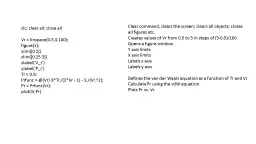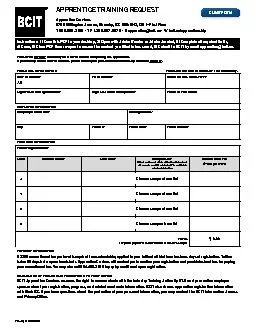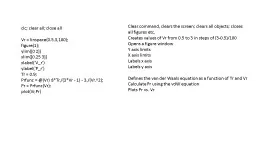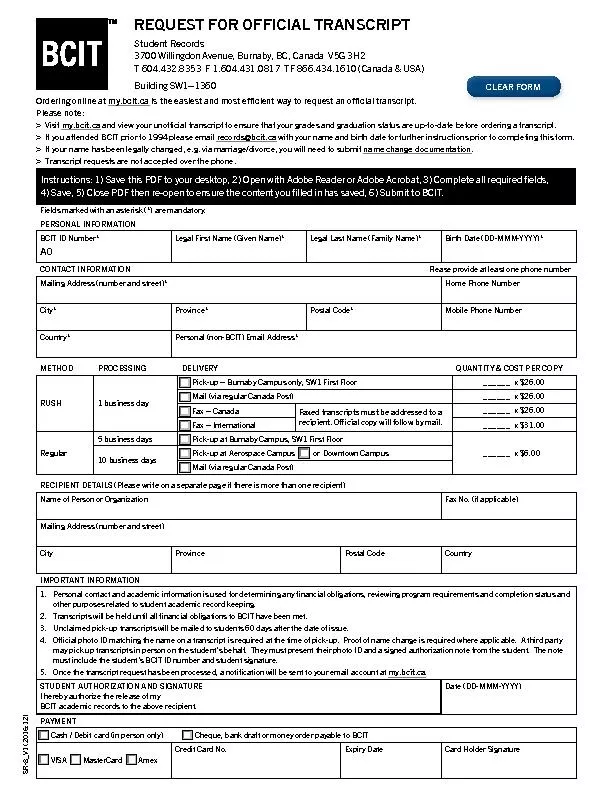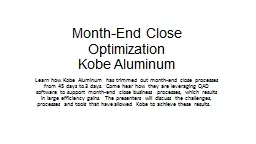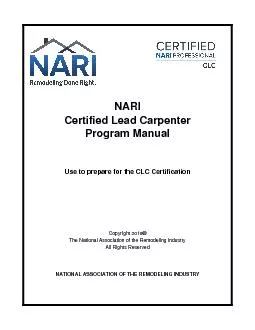PPT-clc ; clear all; close
Author : min-jolicoeur | Published Date : 2017-07-23
all Vr linspace 053100 figure1 ylim 0 2 xlim 025 3 xlabel Vr ylabel Pr Tr 09 Prfunc Vr 8Tr3 Vr 1 3Vr2 Pr
Presentation Embed Code
Download Presentation
Download Presentation The PPT/PDF document "clc ; clear all; close" is the property of its rightful owner. Permission is granted to download and print the materials on this website for personal, non-commercial use only, and to display it on your personal computer provided you do not modify the materials and that you retain all copyright notices contained in the materials. By downloading content from our website, you accept the terms of this agreement.
clc ; clear all; close: Transcript
Download Rules Of Document
"clc ; clear all; close"The content belongs to its owner. You may download and print it for personal use, without modification, and keep all copyright notices. By downloading, you agree to these terms.
Related Documents

